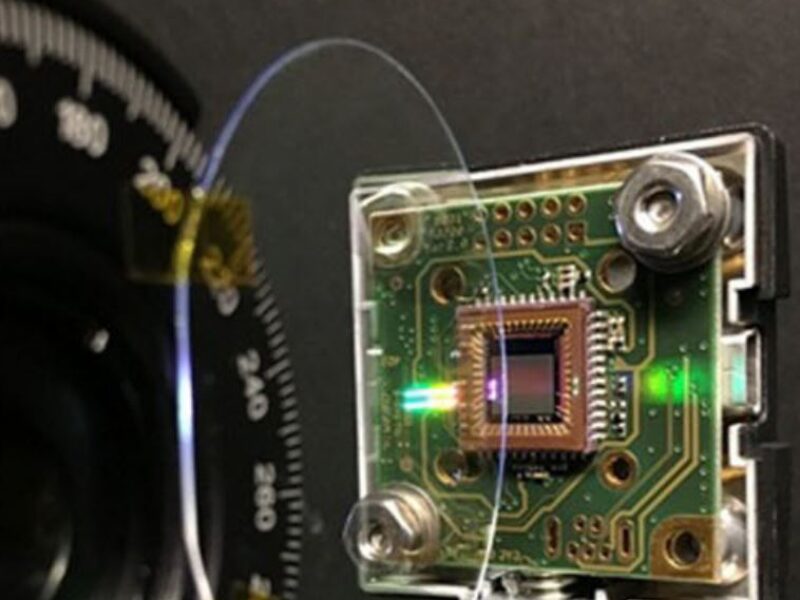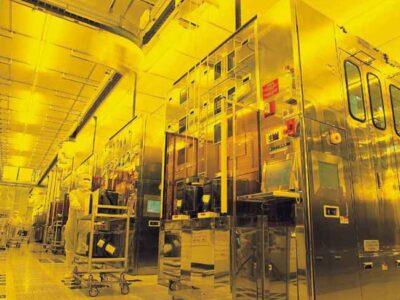
Meta-lenses bring benchtop performance to hand-held spectrometers
There is an inherent trade-off between the size and performance of the spectrometer. To maintain performance while reducing spectrometer size, the researchers used ‘meta-lenses’ that combine a traditional grating and focusing mirror into a single component, as well as having much greater ability to separate wavelengths.
“This research has its roots all the way back to 2011, when we were investigating the fundamental properties of light as it interacts with two dimensional metamaterials (metasurfaces) and discovered generalized laws for the refraction and reflection of light for metasurface, which are powerful generalizations of the textbook laws valid for ordinary surfaces,” said Federico Capasso of Harvard.
Unlike traditional refractory lenses that are millimeters thick and have a characteristic curved surface, a meta-lens is a completely flat or planar lens made up of millions of nanostructures. Using lithographic techniques, proper placement and fabrication of these nanostructures enables similar or better functionalities compared to traditional lenses. These meta-lenses can be customized to a user’s specifications, and mass-produced using the same foundries that produce computer chips. “For these reasons, we believe meta-lenses to be game-changers,” said Capasso.
“The potential applications of these new smaller spectrometers are significant for portable monitoring of biological and chemical compounds” said researcher Alex Zhu. “For example, doctors could bring hospital-level diagnostic capabilities to patients in the field where sophisticated equipment and highly trained personnel are not available, providing data on a timescale of minutes to hours, as opposed to days or weeks from usual chemistry-based methods.” The same is true for environmental monitoring: Data about pollutants, or toxic chemicals could be collected and processed in real time on site at various locations with ultra-compact, high performance spectrometers.
The next step is to improve the performance of the prototype for both the working wavelength range and spectral resolution. This would allow it to be used for a wide variety of analyses, including highly specialized ones to identify proteins or gene markers using Raman spectroscopy.
“The goal is to be able to achieve comparable levels of performance with a simple ‘plug-and-play’ two-component device, i.e., a meta-lens and a detector, which together function as a meta-spectrometer,” said Zhu. “The potential for this already exists in the meta-lens technology; it is simply a question of finding the right configurations and making it work.”
 If you enjoyed this article, you will like the following ones: don't miss them by subscribing to :
eeNews on Google News
If you enjoyed this article, you will like the following ones: don't miss them by subscribing to :
eeNews on Google News


